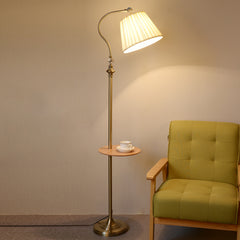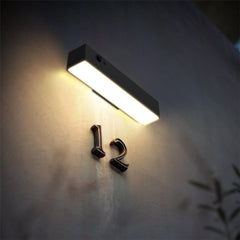When planning outdoor lighting, one of the most common questions is: what’s the difference between a spotlight and a floodlight? At first glance, the two may look similar, but they serve very different purposes. The main distinction lies in their beam spread and coverage: spotlights are narrow and focused, while floodlights are broad and wide.
In this guide, we’ll compare spotlight vs floodlight, explain when to use each, and help you decide which option best suits your outdoor space.
Spotlight vs Floodlight: The Key Difference
The difference between spotlights and floodlights comes down to the way light is distributed:
-
Spotlights: Direct a narrow beam (typically 15°–45°) to highlight a specific area or object.
-
Floodlights: Cast a wide beam (90°–120°) to cover large outdoor spaces evenly.
In short, use a spotlight when you want to draw attention to something, and a floodlight when you need general visibility and security.

What Is a Spotlight?
A spotlight provides targeted illumination and is designed to highlight specific features.
Key Characteristics:
-
Narrow beam for precision lighting
-
Creates contrast and dramatic effects
-
Best for gardens, pathways, architectural details, signage, or event lighting
Because spotlights are directional, they’re often chosen for landscape lighting or to accentuate a single element in an outdoor design.

What Is a Floodlight?
A floodlight offers wide coverage, making it ideal for general lighting and safety.
Key Characteristics:
-
Wide beam angle for large areas
-
Provides even illumination without sharp contrasts
-
Best for backyards, car parks, sports courts, driveways, or warehouses
-
Commonly paired with motion sensors for added security
Floodlights are especially effective for home security, as they brighten up dark spaces and deter intruders. Many modern models, such as solar floodlights from Outway, combine efficiency with convenience.
Spotlight vs Floodlight: Quick Comparison
|
Feature |
Spotlight |
Floodlight |
|
Beam Angle |
Narrow (15°–45°) |
Wide (90°–120°) |
|
Coverage |
Small, focused area |
Large, open spaces |
|
Lighting Effect |
Dramatic, highlights objects |
Even, general illumination |
|
Best Use |
Gardens, signage, architectural accents |
Security, driveways, car parks, sports areas |
Choosing Between a Spotlight and a Floodlight
When deciding on spotlight vs floodlight, think about:
-
Purpose – Do you want decorative lighting or practical visibility?
-
Area size – Small, targeted areas work best with spotlights; larger areas need floodlights.
-
Security needs – Floodlights are preferred for deterring intruders.
-
Energy efficiency – Both LED spotlights and floodlights are efficient, but solar floodlights take it further by eliminating running costs.
Why LED and Solar Options Are Best?
Whether you choose a spotlight or floodlight, LED technology offers major benefits:
-
High brightness at low energy use
-
Long lifespan (30,000–50,000 hours)
-
Weather resistance for outdoor conditions
-
Eco-friendly options such as solar-powered floodlights
For homeowners in Australia, solar LED floodlights are especially practical. They’re easy to install, require no wiring, and cost nothing to run—making them perfect for gardens, driveways, and security lighting.
Final Thoughts
So, what’s the difference between a floodlight and a spotlight?
-
A spotlight delivers a narrow, focused beam to highlight objects or features.
-
A floodlight spreads light widely to illuminate large spaces for safety and visibility.
For most households, floodlights are the go-to choice for security and general lighting, while spotlights are used for style and emphasis.
At Outway, we offer a wide range of solar floodlights designed for Australian conditions—durable, energy-efficient, and easy to install. Whether you need wide coverage or feature lighting, choosing the right LED option ensures your outdoor space is both functional and inviting.



